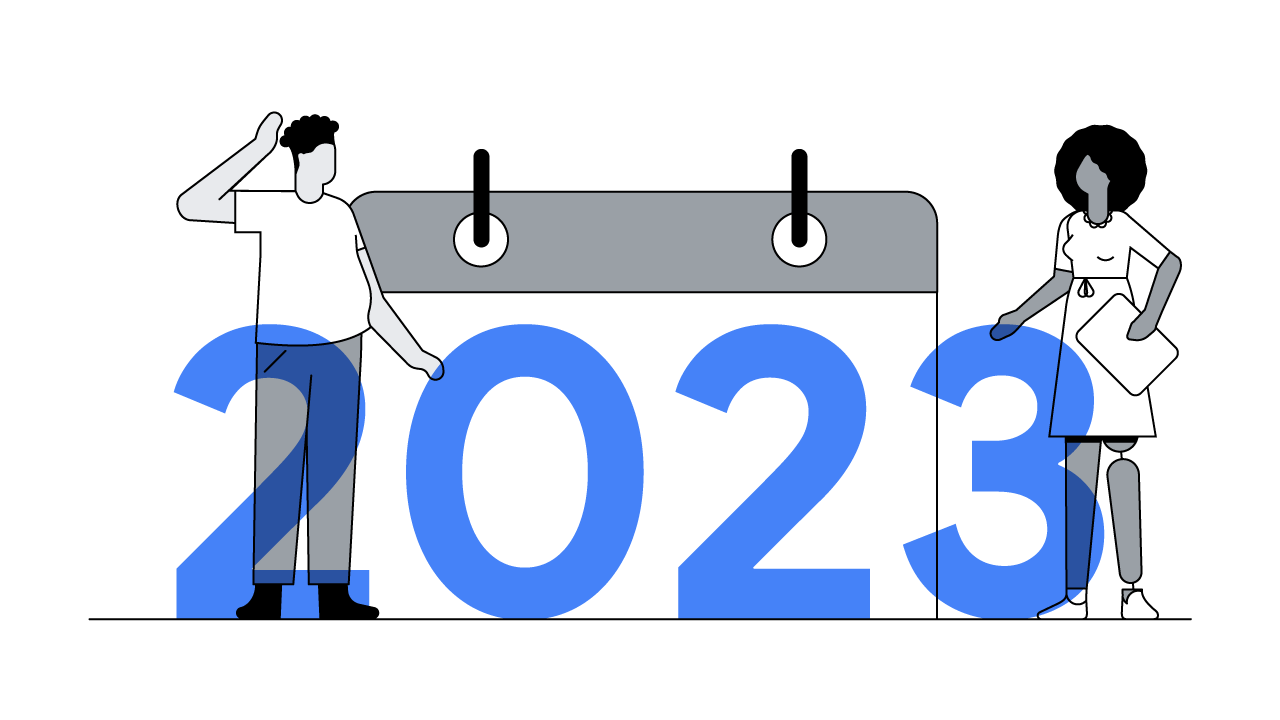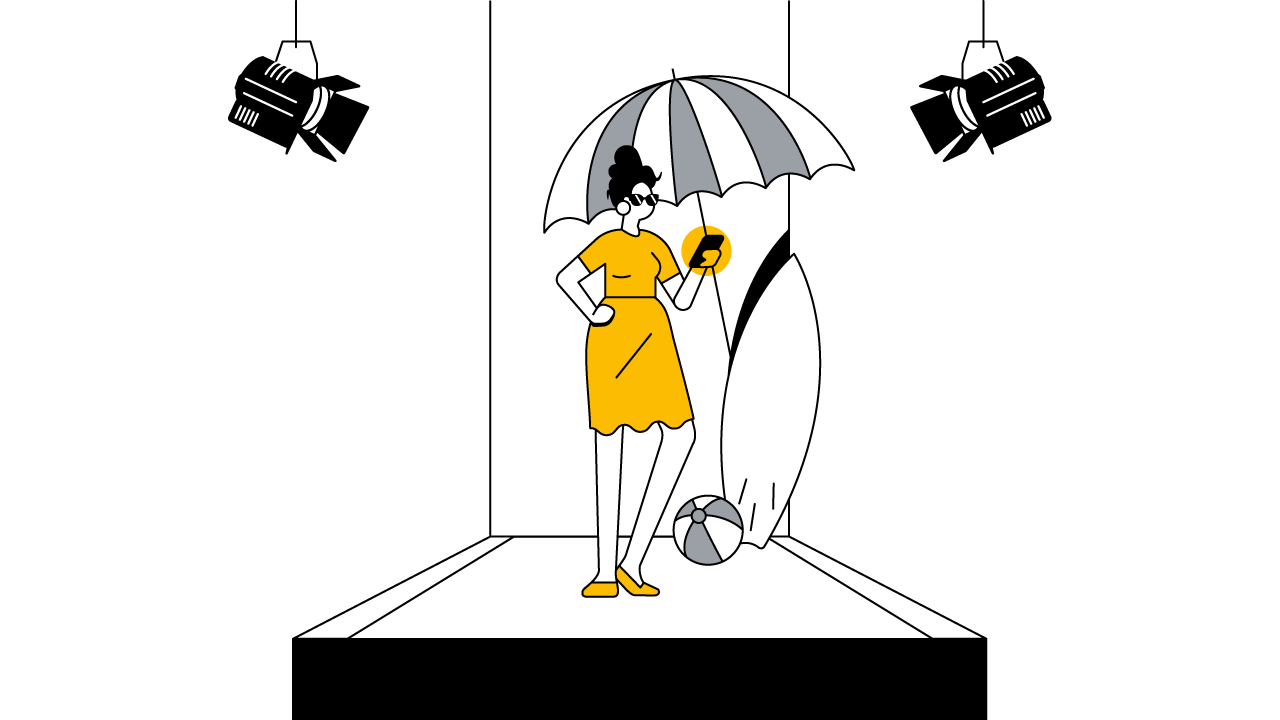Brands and the advertising industry have taken huge steps to ensure their creative output is diverse, inclusive and equitable in recent years. Yet there’s a lot more to be done behind the scenes in terms of media investment.
Planners want to reach wide and diverse audiences, but concerns around brand safety and suitability online can prove an unintended barrier. Legacy campaign set-ups or a one-size-fits-all approach often limit performance and prevent advertisers from appearing around popular content. For example, excluding your ads from all videos featuring multicultural music or LGBTQ+ content can inadvertently rule out more diverse creators and the audiences who watch them.
Technology has evolved to help address restrictive buying. Inventory modes and other controls that allow advertisers to manage content maturity have made YouTube market-leading for brand safety. There is no place for any form of harassment on the platform — and we’ve invested heavily in teams and tools dedicated to removing such content. Major brands, such as Diageo and Domino’s U.K.&I, and their agency partners are taking the lead in rethinking their media planning to support progressive voices and help shape a more inclusive society.
Connecting with diverse creators and audiences on YouTube
It’s increasingly hard to reach certain audience segments through TV alone, which is why brands come to YouTube. According to ComScore, YouTube is used by more than 96% of online adults in the U.K. each month on average. And, in a global study, 78% of people said they use the platform because it serves them with content that’s personally relevant. But if you exclude content popular with diverse audiences from your campaigns, it’s counterintuitive.
For example, six out of 10 of the most watched videos on YouTube in the U.K. last year were related to rap and hip-hop, yet it’s the most excluded music category on the platform when it comes to media buying.
If a brand is not proactively choosing to appear on a wide range of creators’ channels, it can impact their support of diverse voices.
Likewise, advertisers frequently avoid keywords containing terms around LGBTQ+ topics to avoid hate speech, but YouTube has taken significant steps to ensure such content has no place on the platform and these exclusions block brands from reaching the audiences these exclusions were meant to protect.
By over-excluding advertising keywords in these areas, brands are missing out on connecting with diverse and often large audiences and depriving underrepresented voices of funding. In some cases, diverse creators have seen a more than 70% loss in revenue due to blunt keyword blocking.
YouTube’s unique business model means that when ads get placed on a creator’s channel, they receive a share of the revenue. If a brand is not proactively choosing to appear on a wide range of creators’ channels, it can impact their support of diverse voices.
Embracing inclusive media planning
The YouTube team partnered with Diageo and Domino’s U.K.&I — and their respective media agencies PHD and Havas — to approach this challenge. Both brands have an increasing focus on diversity, equity, and inclusion, but as global names, brand safety is paramount. The challenge for them was finding the right balance between safety and inclusivity.
To do this, we conducted campaign audits to identify areas where both brands were potentially over-excluding on their campaigns. This included a review of their topic, channel, and keyword exclusions to eliminate potential bias and ensure the brands could appear in areas that mattered to them.
The brands worked on eliminating unintended bias and delivering more inclusive media planning by:
- Harnessing inventory modes. Advertisers come to YouTube for scale, and inventory modes use advanced machine learning to filter all monetised content into three tiers of risk. Advertisers can choose which tier best aligns with their brands to ensure ads don’t run anywhere that doesn’t fit. Automation essentially replaces the need for extensive manual exclusions.
- Regular audit cadence on negative topics, keywords, and channels. We encourage brands and agencies to look at what controls they’re currently running. They are often surprised by what’s excluded, especially if these excluded keywords aren’t reviewed on a regular basis. An audit of negative keywords and exclusions is a must for brands that want to reach diverse audiences.
- Proactively invest in diverse creators and channels. With automation managing the majority of the risk, brands and agencies can focus their attention on finding diverse talent to support. They can also harness YouTube Select, which surfaces a mix of relevant content lineups and programmes, each tailored to unique marketing needs.
Diageo and PHD used YouTube Select to find and tap into the most popular and relevant channels on the platform, driving quality engagement amongst their audience. YouTube Select offers a mix of algorithmically-created, brand suitable lineups and programmes tailored to specific niches, allowing brands to reach audiences with different interests.
They also worked with the YouTube team to review their existing approach in how they selected audiences for their video ads and where they could be more inclusive. After considerable research, Diageo broadened its campaign placements to new media genres such as hip hop and content exploring different world localities to increase its reach with diverse audiences and presence around popular content on the platform and subsequently increased their impressions by 59%.
When Domino’s U.K.&I and Havas re-evaluated their brand safety approach – they decided to shift from keyword exclusion lists to inventory modes. While their main goal was to create a more equitable distribution of media investment, they observed an unexpected bonus: a nearly 50% improvement in cost per mille (CPM). This result underlines the business case for more inclusive media buying practices.
Seeing brand suitability in a new light
When advertisers put their trust in automated solutions to ensure brand safety and eliminate unintended bias, it frees up valuable time and energy to proactively invest in diverse creators.
Media planning, just like creative, can be a powerful form of activism and a lever for change.
3 steps towards inclusive media planning:

Start the conversation. Inclusive media planning can’t be ignored — ensure it’s on the agenda and part of the conversation.
Have a timeline. Put together a plan of who’s going to do your audit and when. Be clear on responsibilities and have a workstream in place.
Form partnerships. Agencies, brands, and platforms can come together to achieve shared goals: connecting with diverse audiences and lifting underrepresented voices.







